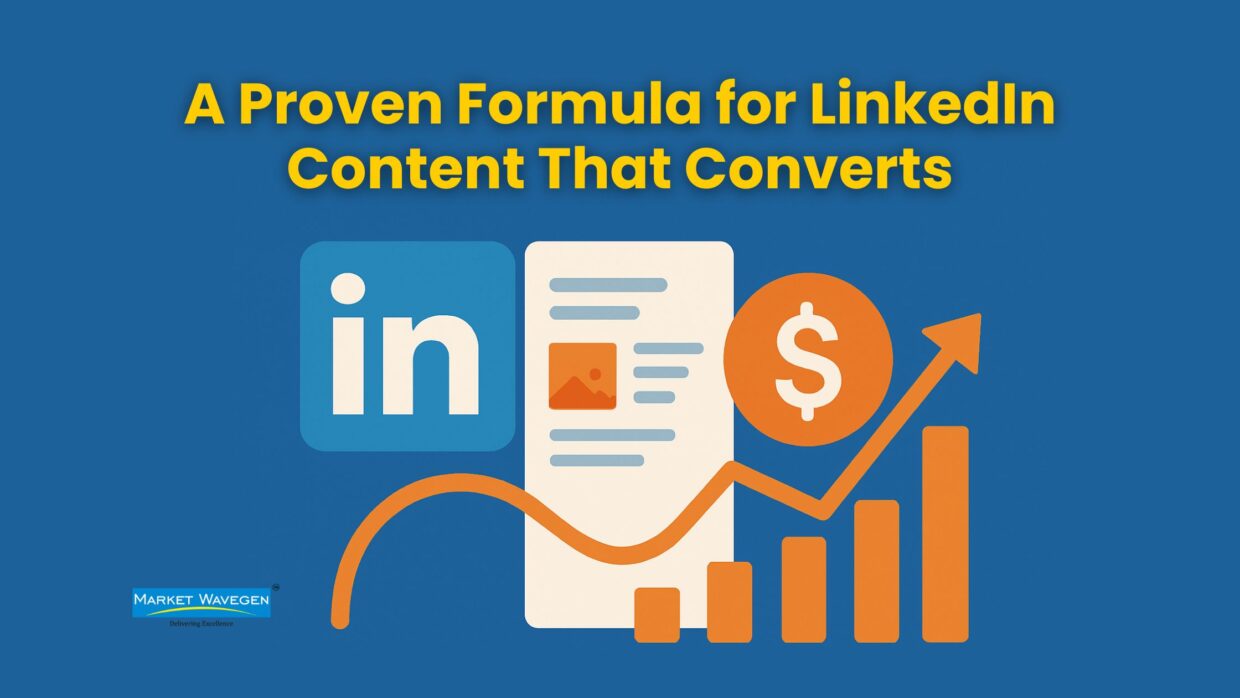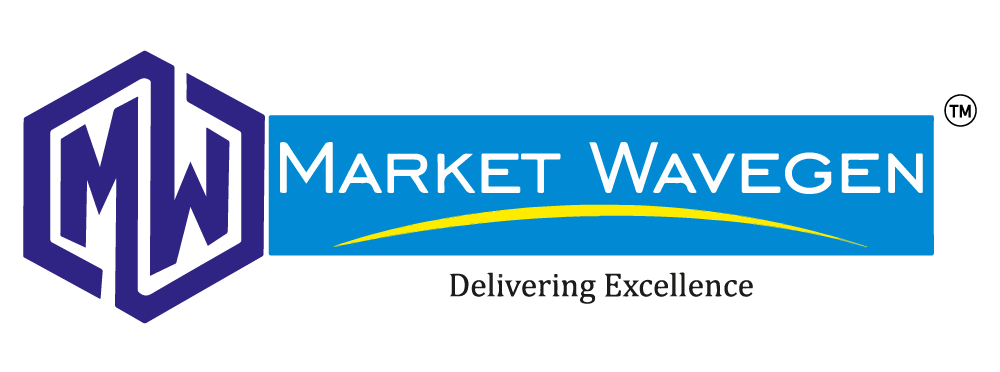LinkedIn is no longer just a digital resume—it’s a powerful business tool. When done right, your LinkedIn content can attract leads, build authority, and generate revenue. But most people struggle with turning engagement into actual sales. Here’s a 3-step formula … Read More
Marketing
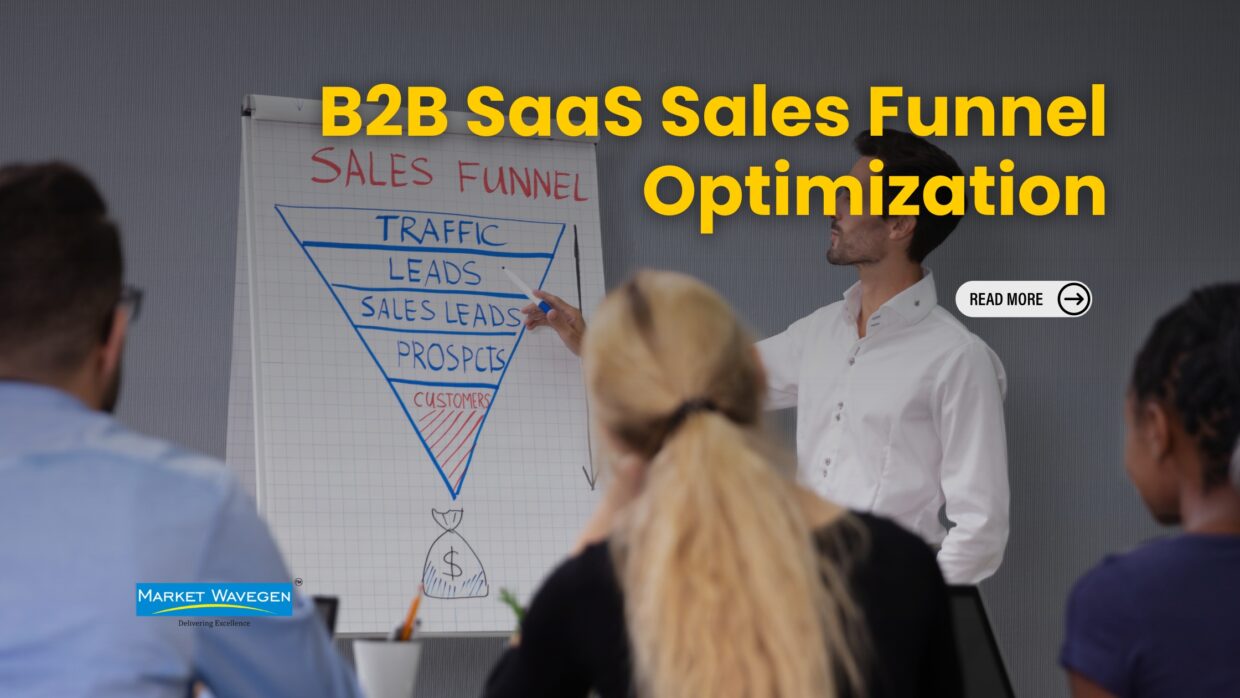
B2B SaaS Sales Funnel Optimization. Streamlining Conversions and Retention.
The B2B SaaS (Software as a Service) industry is characterized by its competitive nature and the need for innovative strategies to attract, convert, and retain customers. Optimizing the sales funnel is crucial for maximizing conversions and ensuring long-term customer retention. … Read More
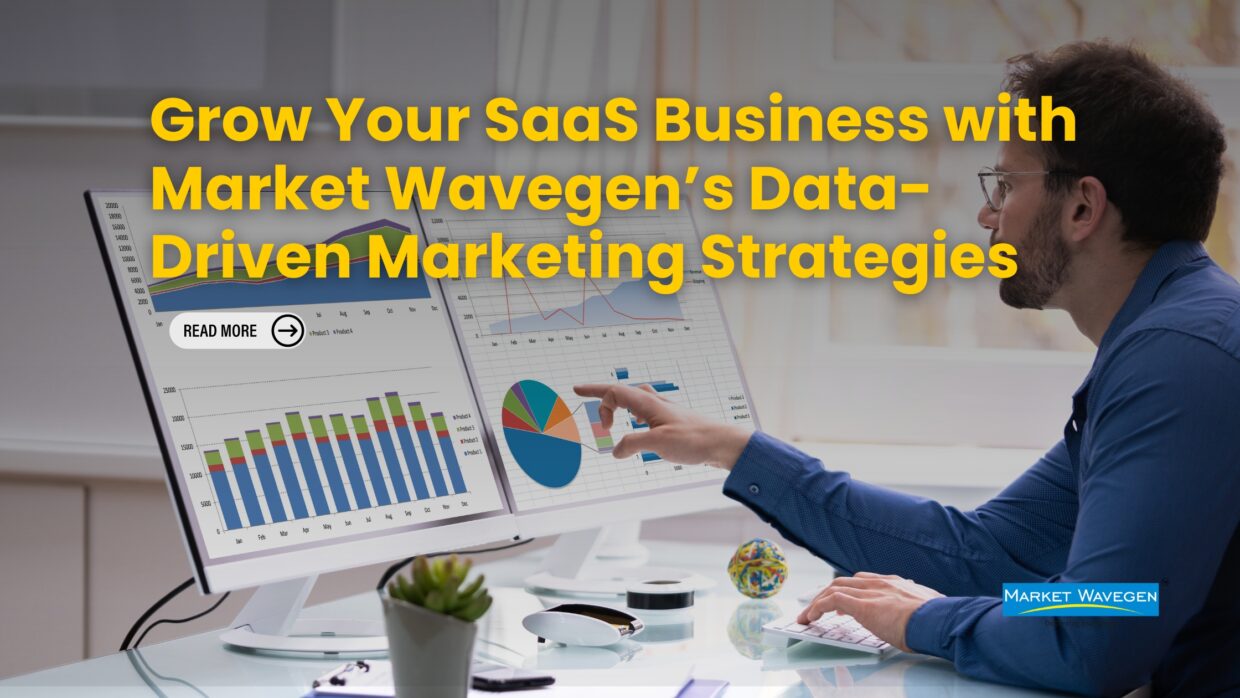
Grow Your SaaS Business with Market Wavegen’s Data-Driven Marketing Strategies.
Where data is more accessible than ever, one might assume that making informed decisions should be straightforward. Yet, many SaaS companies find themselves grappling with overwhelming amounts of data without a clear path to actionable insights. This is where data-driven … Read More
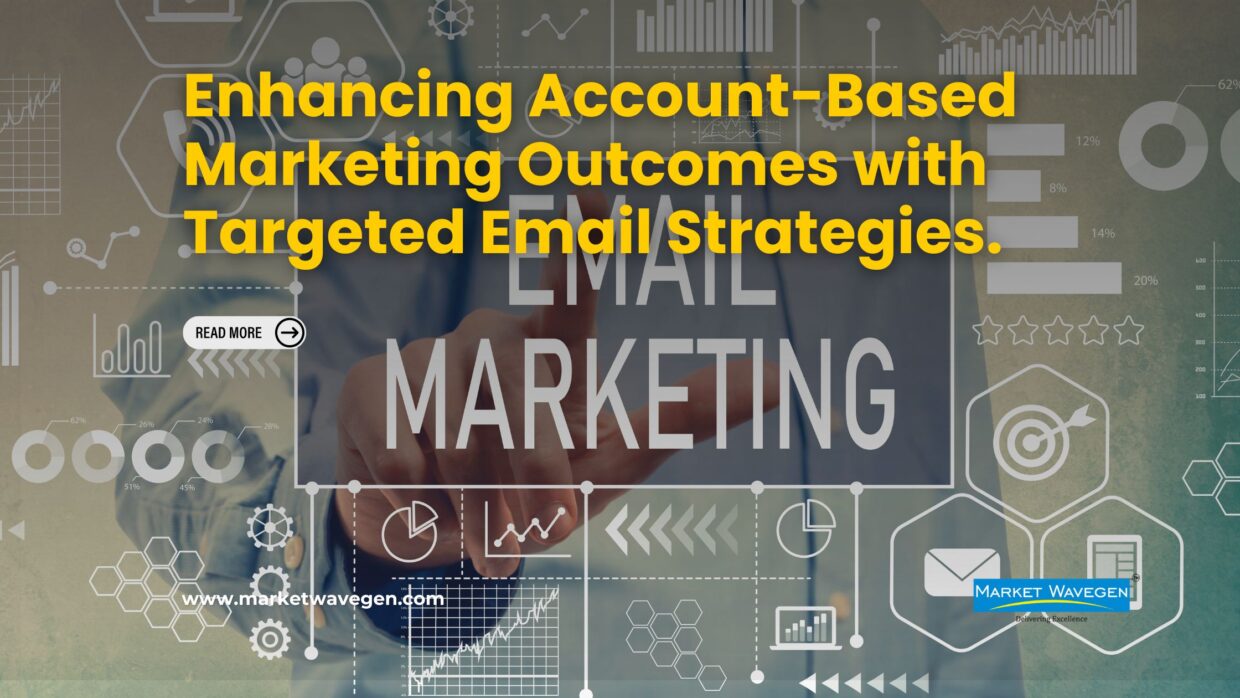
Enhancing Account-Based Marketing Outcomes with Targeted Email Strategies.
In the dynamic world of digital marketing, Account-Based Marketing (ABM) has emerged as a strategic approach that aligns marketing and sales efforts to deepen engagements with high-value accounts. ABM is not just about reaching more people; it’s about reaching the … Read More

The Impact of Virtual and Hybrid Events on ABM Shaping Strategies and Opportunities for Personalised Engagement.
In the ever-evolving landscape of B2B marketing, Account-Based Marketing (ABM) has emerged as a cornerstone strategy for targeting high-value accounts with precision and personalised engagement. With the advent of virtual and hybrid events, the dynamics of ABM have transformed significantly, … Read More
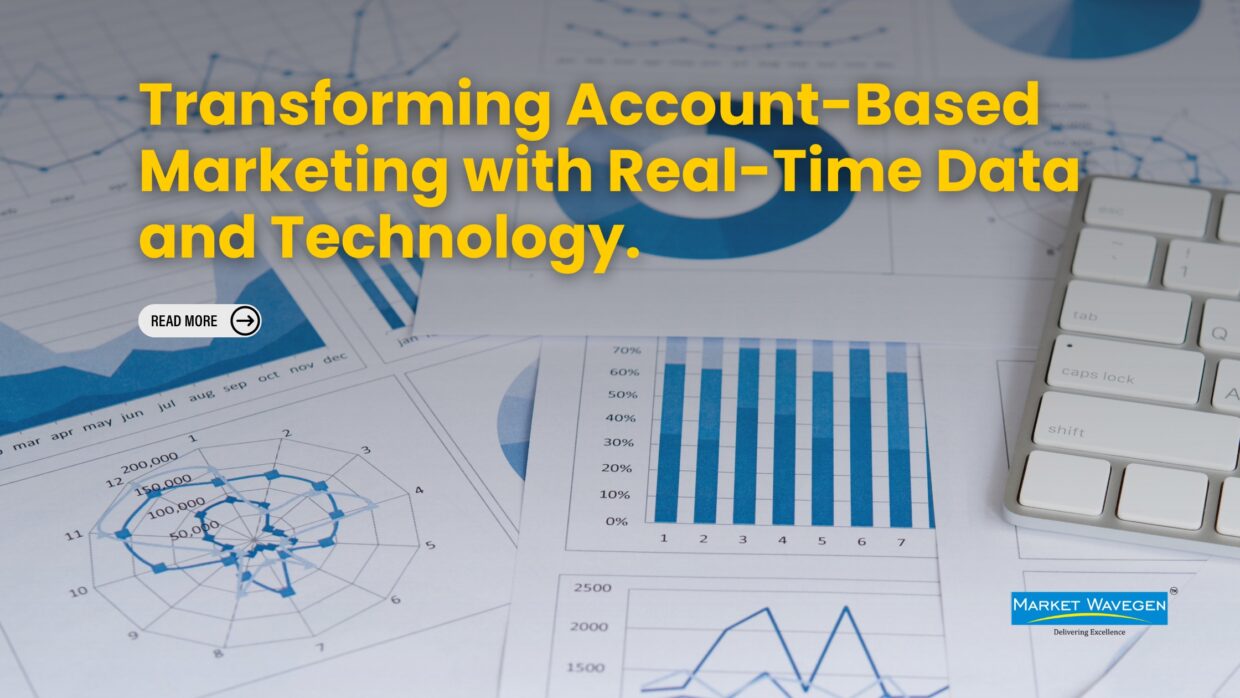
Transforming Account Based Marketing with Real-Time Data and Technology.
Transforming Account Based Marketing with Real-Time Data and Technology. Introduction: In today’s digital marketing landscape, Account-Based Marketing (ABM) has evolved from a basic, somewhat speculative strategy into a powerhouse of precision and efficiency, largely thanks to advancements in data analytics … Read More

Riding the Digital Wave: How ABM Evolved for the 2024 Marketplace (Featuring Market Wavegen’s Innovative Strategies)
Traditional ABM focused on identifying and nurturing a select group of high-value accounts. While this core principle remains, the methods for achieving it have transformed in today’s digital environment. Here are some key trends shaping the evolution of ABM. These … Read More

How Buyer Intent Sharpens Your ABM Targeting. Reach the Right Accounts at the Right Time.
Account-Based Marketing (ABM) has become a cornerstone strategy for B2B marketers seeking to nurture high-value relationships with targeted accounts. While traditional ABM relies on understanding an account’s firmographics (industry, size, location) and technographics (technology stack), a critical element often overlooked … Read More

7 Hot Content Marketing Trends to Spice Up Your SaaS Strategy in 2024-25
The SaaS industry is a dynamic beast, constantly evolving to meet the ever-changing needs of its customers. And in this ever-crowded marketplace, content marketing remains a key weapon in the arsenal of any successful SaaS company. But what trends will … Read More

Voice Search Optimization for ABM. Speak Directly to Your Ideal Customers.
The B2B marketing landscape is constantly evolving, and the rise of voice search presents a unique opportunity for Account-Based Marketing (ABM) strategies. As more and more professionals turn to voice assistants for information, businesses need to adapt their content to … Read More
